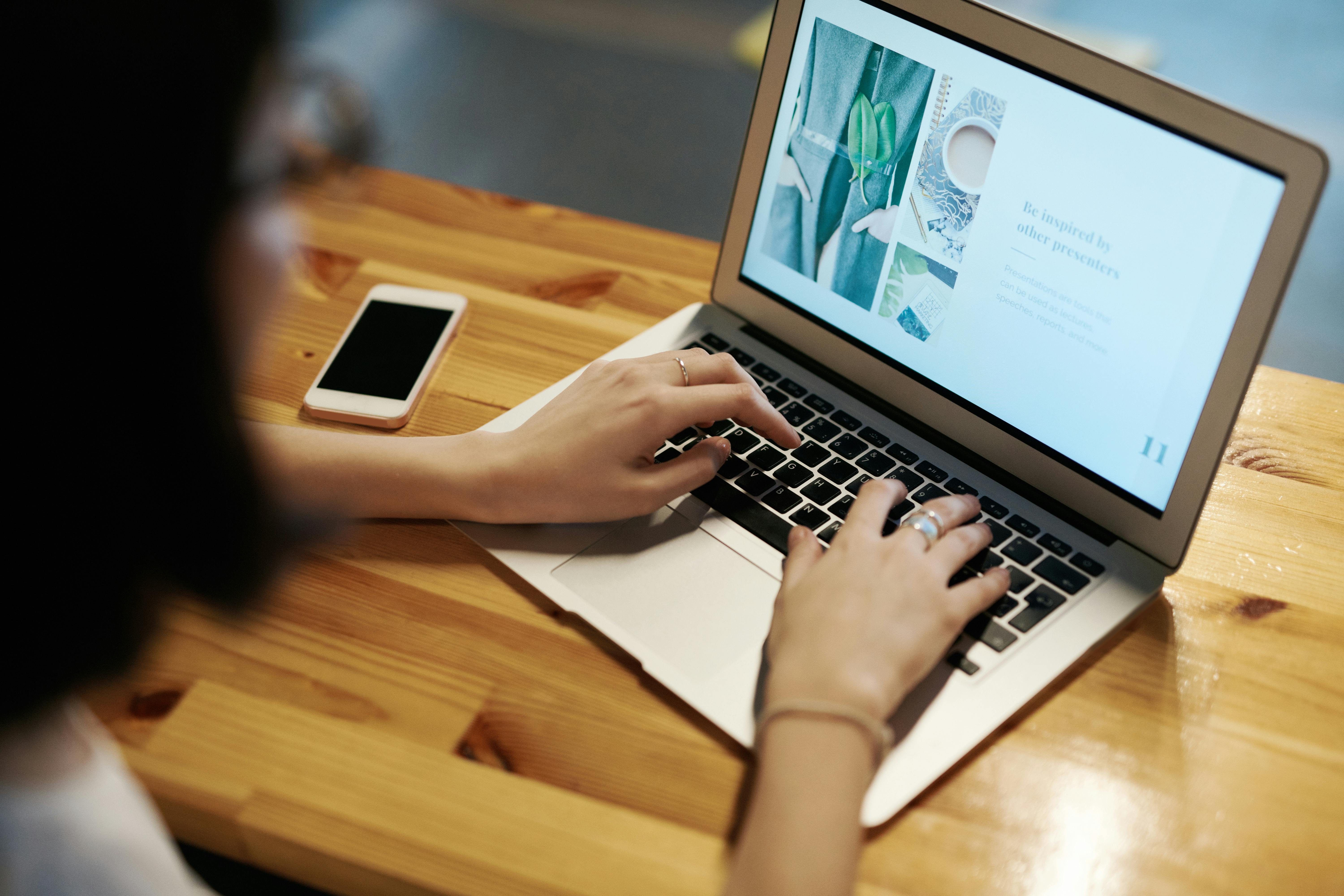Here are some tips for people looking for quick response screen printed t-shirts. (These tips are for people looking for quick screen printed t-shirts instead of digitally printed t-shirts. Digitally printed t-shirts are made in a different process than screen printed t-shirts, they have the advantage of speeding up the process as they don’t need color separation or process of screen burn-in. However, screen-printed t-shirts have better print color quality and longer print longevity).
Here is a checklist for you to speed up your custom t-shirt work.
How ready is your artwork? Works of art can be classified into 2 groups according to their origins. First they are scanned images and second they are computer generated images. In the first group, paintings, photographs, printed materials or the like are scanned and saved as digital files of your artwork. The quality of your digital artwork has a lot to do with the scan resolution. The normal requirement is 300 dpi (dots per inch). However, keep in mind that your reproductions will be no better than your originals. So no matter how high the scan resolution, you just won’t get a better reproduction image if your original isn’t. So, in a nutshell, for people using this group of artwork, go for the best quality original you can. Scan it at 300 dpi or better. Save it and send it to your printer without resizing it. The file size of your scanned image will potentially be large. However, the supporting printer should be able to accommodate sending your file by increasing the mailbox size or arranging an FTP transfer for you. In the second group, computer generated images, we have 2 subgroups which are raster images and vector images. Raster images are resolution dependent images such as formats like tiff, jpg, psd.
The only requirement for this group is to ensure that they are created at the actual print size (or close to the actual print size) and that they have an original resolution of 300 dpi (not a resampled resolution). The file size of this subset is potentially large, be sure to discuss the size of your art file with your printers before submitting. The second subgroup is called vector-based images in formats like ai, eps. They are resizable works of art, which are not resolution dependent. Its file size is usually reasonable. They are very welcome by most printers due to their non-resolution dependent nature. When submitting vector-based images, just make sure you create outlines for your type (so your printer doesn’t run into a missing font issue when opening your artwork), your image is created at or near actual size . And of course, if you have a print shop with the knowledge and ability to prepare illustrations for you at a reasonable cost, that might be your best bet to ensure you don’t waste time going back and forth about format and artwork requirements with your printing machine. .
Do you already know the type of shirts you want? There are many options of shirts that you can get. Make sure you’ve done your homework and know what you want when ordering your custom t-shirts. If you just want basic t-shirts, it’s pretty simple. Although there are many brands of basic t-shirts, they are typically in 2 fabric weight classes, 5.6 oz and 6.1 oz. Then you have t-shirts with and without pockets for each weight, as well as long-sleeved and short-sleeved t-shirts. In addition to basic t-shirts, you’ll find trendy fitted t-shirts like American Apparel and Tultex, which are thinner than basic t-shirts. They’re made from 30 ring-spun single fine jersey fabric, which means a softer, finer knit. Then we have even more options for girls and women’s t-shirts, such as short sleeves, 3/4 raglan sleeves, scoop neck, kids tank tops, spaghetti straps, V-neck t-shirts, camo t-shirts, etc.
Researching t-shirt styles ahead of time will not only save you time, but will allow you to find the best style for your event.
If your custom jersey job requires printed individual names or numbers (such as team numbers), prepare a list indicating the names or numbers and their sizes to speed up the process.
If there is a deadline to meet, make sure your printer knows about it and take shipping time into account.
If you are under time pressure and without artwork. Ask if your printer has some kind of ready art library that you can choose from and ask them to modify it to fit your needs. It will be much faster than having yourselves starting from scratch.
Please provide your printer with the Pantone number to indicate your print color when submitting your t-shirt order. This will save some communication time and help speed up your order.
Your print shop should provide you with a paper proof for you to review the accuracy of your custom screen printed t-shirt order. As soon as your review is complete, return to your print shop right away so they can process your order right away.
Last but not least, there are shipping options like 3-day pick, 2nd day air, and next day air to meet your speed needs. Request a full price quote with different shipping options from your printer.
